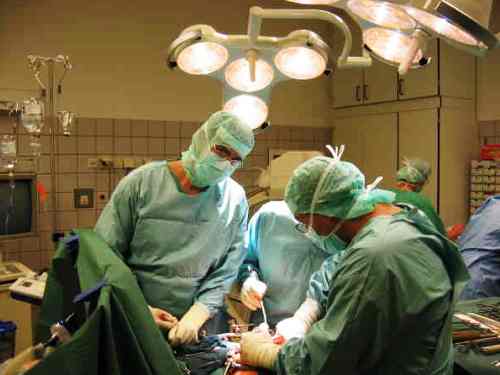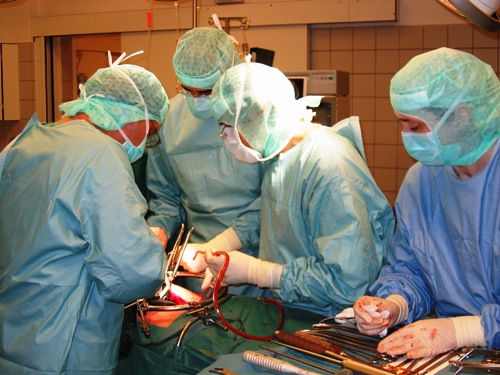Cathy, go back and read the explanations on Justin's thread and this thread. See if you can get your head wrapped around the angles, forces, etc. I don't believe that being upside-down in John's case would have had this result if the prosthesis was placed appropraitely, towards the back of the disc space.
The Prodisc is very different from the Charite, with much better 'primary fixation', that is the fixation that occurs upon implantion, as opposed to secondary fixation that occurs after bony ingrowth into the coating. The keel provides much more surface area for primary and secondary fixation and since it's a press-fit, it's also very tight and resists migration. Even so, it too should be implanted towards the rear of the disc space, as shown in Justin's images.
On my last client with Dr. Zeegers, he explained why the discs will not move. It went somethin like:
Picture working on the wheel of a truck. You jack it up and place a large stone under the suspension and then lower the jack. You can try to pull out the stone but there is no way to pull it out.
In John's case, picture that you lower the jack so the suspension is resting on the very edge of the stone instead of on the middle of the stone. If you pull it in one direction it will be impossible to move it. However, if you pull it away from the side where it's resting on the edge, the forces will want to spit out the stone like a tiddley-wink or an olive pit. Putting the disc in upside-down (in this case) makes it like the truck is on a hill.
Not all implantations for ANY surgeon are all perfect. There are reasons that make some surgeries more difficult than others. However, looking at so, so many patient films, I see surgeons that have consistently excellent output and I see surgeons that have consistently mediocre output. I rarely see surgeons that have such a steady stream of cases that fall into this "should never have happened" category of complication that would have been avoided by a technically sound surgery.
All of this comes along with the appropriate "I'm not a doctor" qualifiers. However, I have observed many, many surgeries and have probably seen a wider variety and volume of spine arthroplasty cases done that 99% of the surgeon population in the world. (One of my favorite stories is the anecdote I tell just above the picture in the OR with Buetttner-Janz and Bitan in this post:
http://www.ispine.org/forum/ispine/4...nz.html#post97).
When I talk about observing surgeries, what do I mean? Here are pictures from Willie Beeson's book, in the OR at Stenum (I'm the tall one!):


Again, I'm sorry that all this comes out so strongly. It's hard for me as I become emotionally vested in so many cases, to see people suffer unnecessarily. Take everything I say with a grain of salt. Do your homework and make informed decisions.
Mark